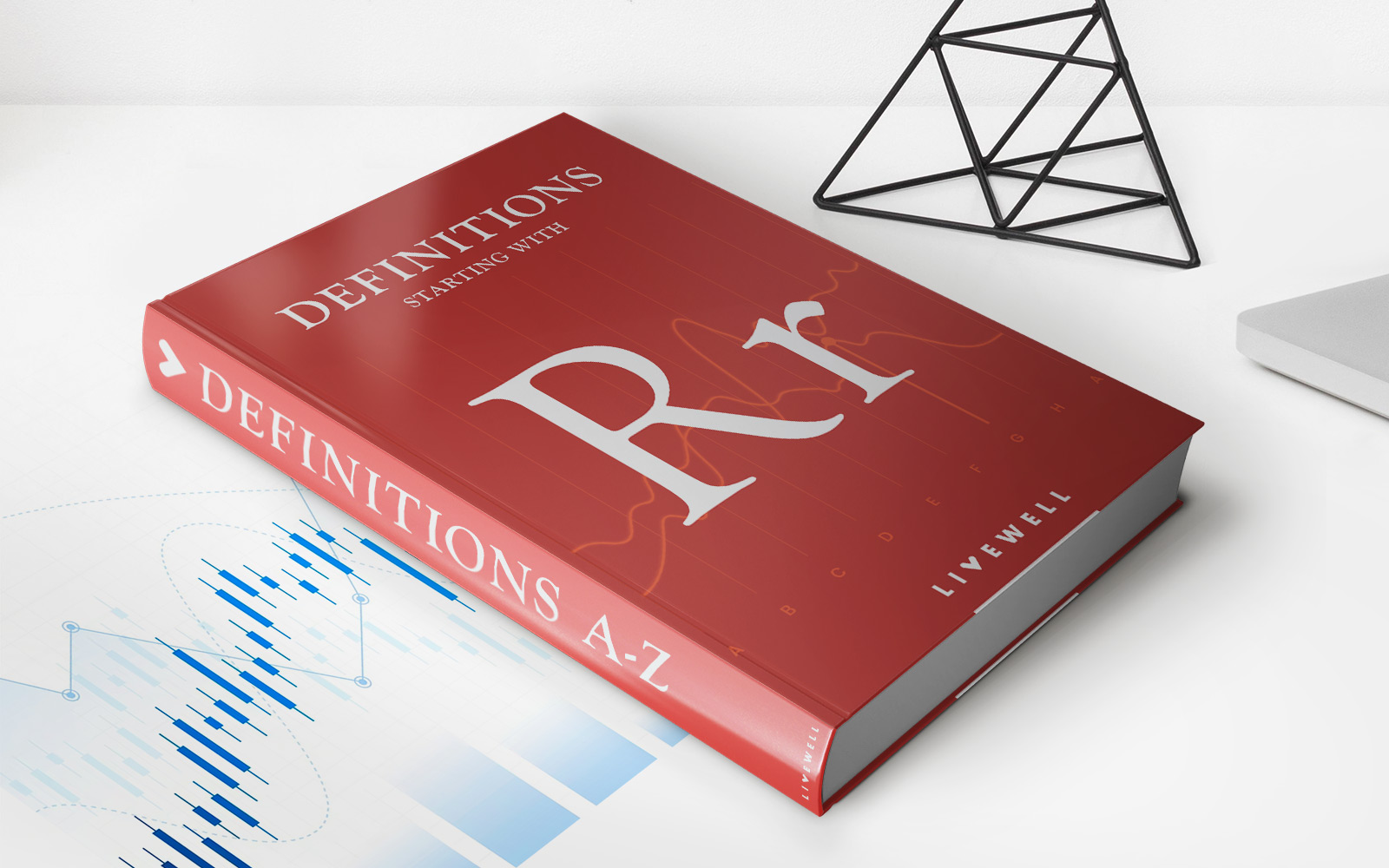

Finance
Santa Claus Rally Definition
Published: January 23, 2024
Discover the meaning of Santa Claus Rally in finance and learn how this phenomenon impacts the stock market during the holiday season.
(Many of the links in this article redirect to a specific reviewed product. Your purchase of these products through affiliate links helps to generate commission for LiveWell, at no extra cost. Learn more)
Sleighing the Numbers: Unwrapping the Santa Claus Rally Definition
As the holiday season approaches, we not only eagerly anticipate the joy of exchanging gifts and indulging in festive treats, but also the possibility of a Santa Claus rally in the financial markets. But what exactly is the Santa Claus rally? Is it just a colorful metaphor or does it hold a deeper meaning for investors? In this blog post, we’ll sleigh the numbers and unwrap the Santa Claus rally definition, shedding light on this exciting phenomenon that has captivated the financial world for decades.
Key Takeaways:
- The Santa Claus rally refers to the historically observed tendency for stock markets to experience a surge in prices during the final trading weeks of December, typically between Christmas and New Year’s Day.
- This rally is believed to be driven by various factors, including increased market optimism, year-end portfolio adjustments, and lower trading volumes due to holidays.
Now that we’ve covered the key takeaways, let’s dive deeper into the Santa Claus rally and discover why it has become the subject of intrigue, excitement, and speculation among investors.
The Mystery Unveiled: What is a Santa Claus Rally?
The Santa Claus rally is a phenomenon that refers to the historical tendency of stock prices to rise over the holiday season, particularly during the final trading weeks of December. It is an intriguing trend that has been observed in the financial markets for many years.
While the origins of the term “Santa Claus rally” are unclear, the concept is believed to have been popularized by Yale Hirsch, the founder of the Stock Trader’s Almanac. According to Hirsch’s research, the rally typically occurs in the week between Christmas and New Year’s Day, as well as the first two trading days of January. During this period, stock markets have historically exhibited positive returns, defying the usual market trends.
Now, you might be wondering, what causes this seemingly magical surge in stock prices during the holiday season? There are a few key factors that are thought to contribute to the Santa Claus rally:
- Market Optimism: The holiday season tends to evoke a sense of optimism and positive sentiment among investors. As the year comes to a close, many individuals are in a cheerful mood, and this positive outlook can spill over into the financial markets.
- Year-End Portfolio Adjustments: Institutional investors and fund managers often engage in year-end portfolio adjustments, which can lead to increased buying and selling activity. These adjustments may be driven by tax considerations or the desire to reallocate assets before the start of a new year.
- Lower Trading Volumes: During the holiday season, many traders and investors take time off to celebrate with their loved ones. This can result in lower trading volumes, which in turn can amplify price movements. With fewer participants in the market, even relatively small buy or sell orders can have a more significant impact on prices.
It’s important to note that while the Santa Claus rally has been a recurring phenomenon, it is not a guaranteed event. Stock markets are influenced by a multitude of factors, and past performance does not guarantee future results. Therefore, it’s crucial for investors to approach the holiday season with caution and conduct thorough research before making any investment decisions.
Conclusion
The Santa Claus rally is a fascinating phenomenon that continues to capture the attention of investors around the world. Understanding its definition and the potential factors driving it can provide valuable insights when navigating the financial markets during the holiday season. However, it’s also important to remember that the financial markets are inherently complex and unpredictable, and no single event or trend can guarantee success. Wise investors always exercise diligence, conduct thorough analysis, and seek professional advice before making any investment decisions.














